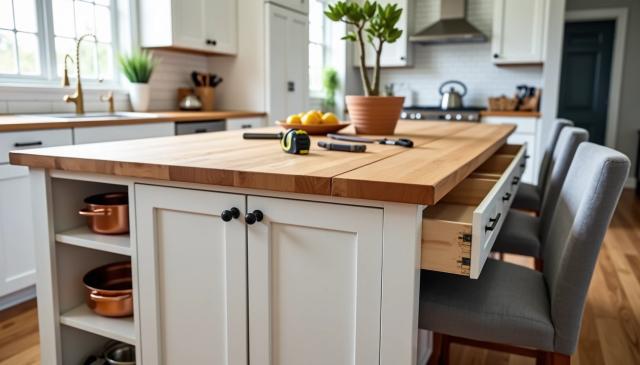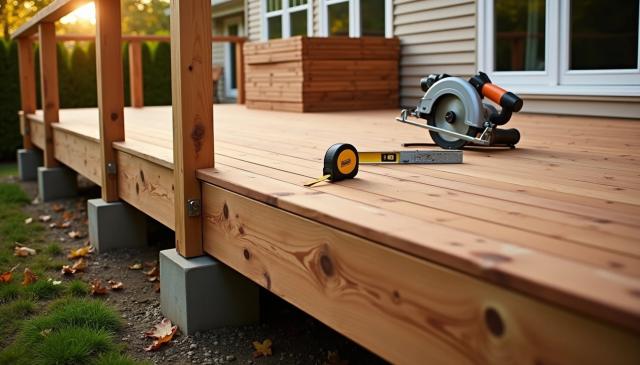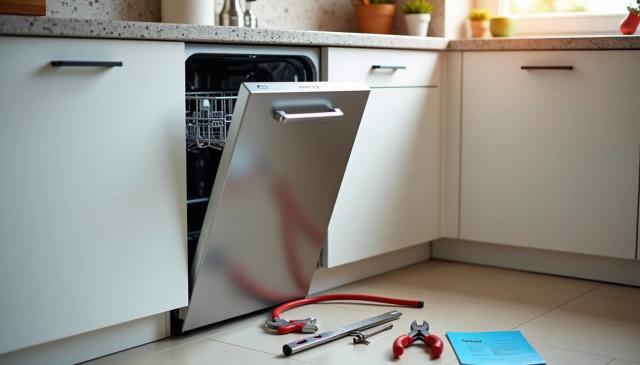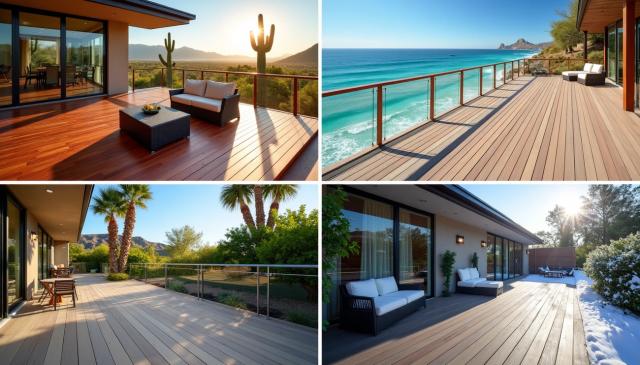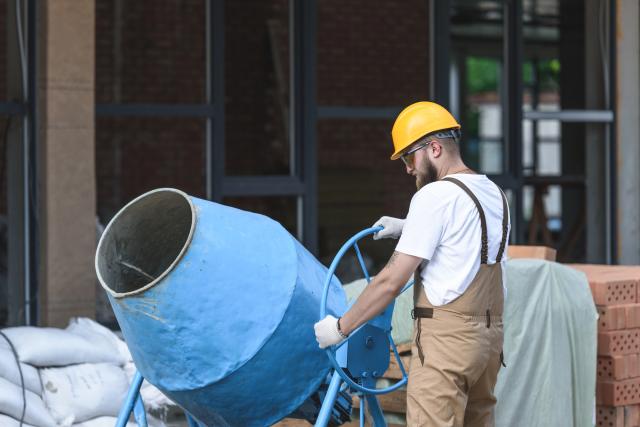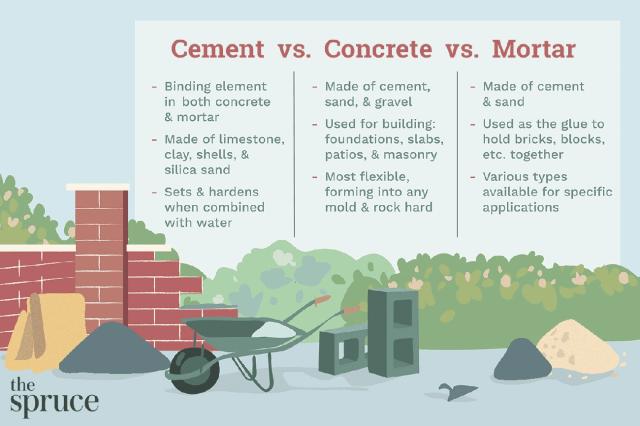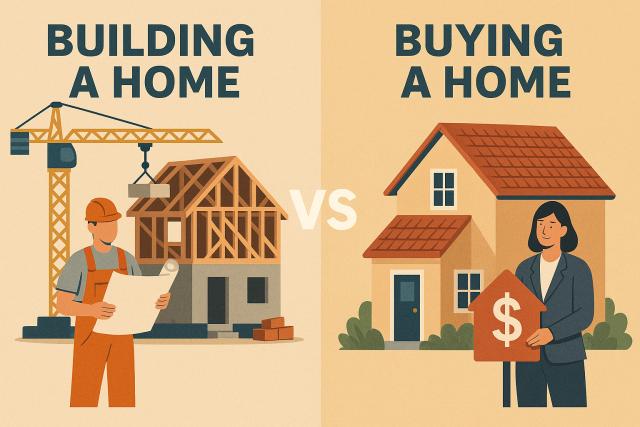7 Weekend Projects That Transform Your Home (No Contrac...
Ready for an interior update but hoping to skip the full-blown construction drama? If your ceiling isn't leaking water, your floors are intact, and you're not battling arctic winds through your window gaps, you can easily achieve...


